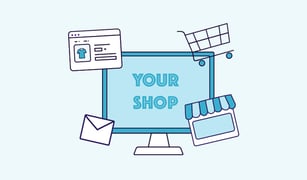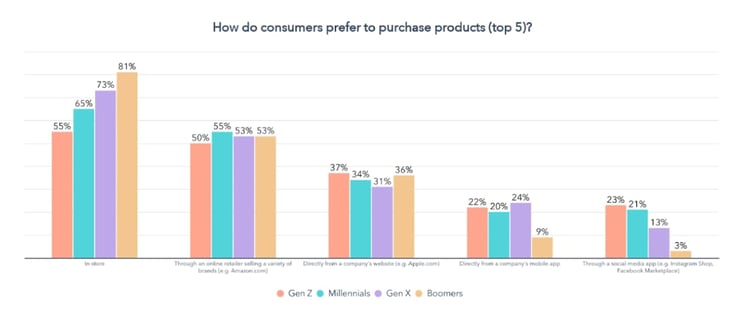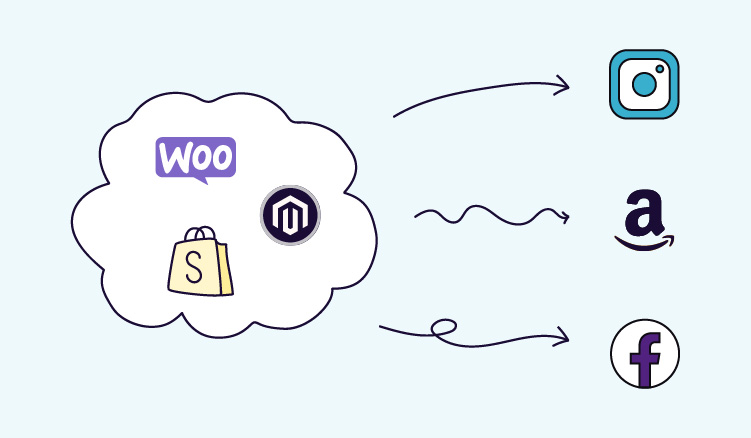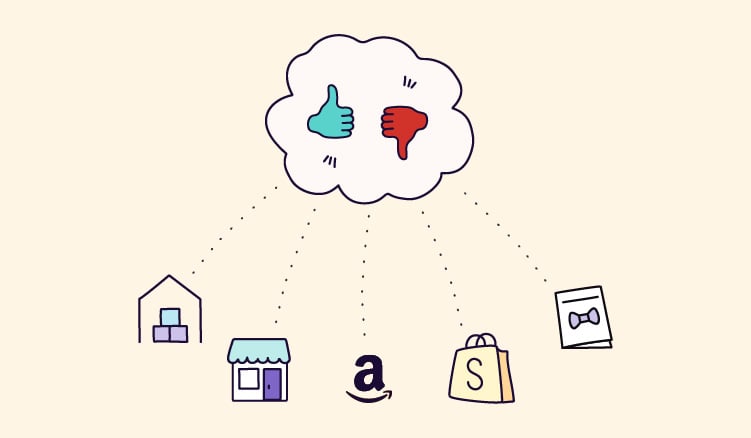Shoppers of today have a wide variety of options when it comes to where they can buy products. A Hubspot trend report explains that shoppers between the ages of 18 to 72 prefer multiple buying destinations. That means they could shop in-store, on a marketplace like Amazon, a business’s webstore, mobile app, or social media.
But, here’s the catch—the mix of channels and the reasoning behind the choices vary by generation and by the channel. Talk about having options! Looking at these findings shows us that brand loyalty is a thing of the past and what matters now is price and convenience. It also shows us that the need for multichannel management will continue to grow right along with customer expectations and the number of shopping channels.
As a multichannel manager, here’s everything you need to know about multichannel management, what it is, and why it’s important for ecommerce. We’ll also discuss different sales channels to consider for your multichannel selling strategy. We’ve also put together a four-part toolkit that will help you manage different sales channels a lot easier.
Multichannel management definition
Multichannel management is the process of effectively managing various sales channels, like physical stores, ecommerce websites, marketplaces, social media, and mobile apps. The goal is to make sure that customers can seamlessly interact and make purchases through the channel of their choice while receiving a consistent shopping experience.
There are a lot of different channels you may need to manage when selling online, but here are some of the most common channels:
- Marketplaces
- Amazon
- eBay
- Etsy
- Ecommerce Platforms
- Shopify
- WooCommerce
- Magento
- Comparison Shopping Engines
- Google Shopping
- Bing Shopping
- Pricegrabber
Need help figuring out what sales channels you should use? Check out this article on the 5 Types of Ecommerce Sales Channels for Multichannel Selling.
Why is multichannel management important?
Now that you understand what it is, you may be wondering why it’s important. With multichannel management, you can:
Reach consumers throughout their buying journey
Today, consumers hold buying power, and they know it. There are a lot of competing products across a variety of channels where they can take their time shopping around, asking questions, and checking out reviews. Multichannel management gives you insights on the shopping behavior of your customers—from where they shop the most to what they buy and when. That way you can understand, tweak, and manage all the touchpoints using reliable data so you can meet customer expectations.
Develop a bigger presence online
According to Insider Intelligence, 61% of US consumers begin their product hunt on Amazon. And as of July 2022, Amazon was the most popular online marketplace worldwide, with an average of about 5.3 billion visits in that month. The second most visited marketplace was eBay, with roughly three billion visits.
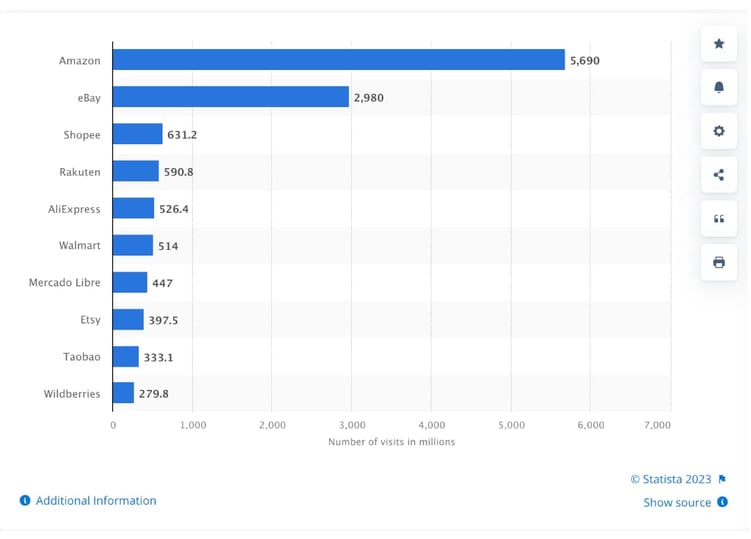
What these numbers show is that the possibility of your ideal shopper using marketplaces is pretty high. And it goes without saying that these top marketplaces are pouring millions of dollars into creating personalized shopping experiences. So, if you want your products to be part of this delightful experience, you must use multichannel retail management to develop a presence that can bring in sales on all the right marketplaces.
Note: If you aren’t careful, it’s easy to spread yourself too thin. Multichannel management comes with managing different product listings, and if you have too many channels, you could end up losing the positive impact multichannel management could be making.
For more information on how to succeed in multichannel commerce, download our free ebook here.
Multichannel management software: 4 tools to make it a breeze
There are many benefits of multichannel retailing, BUT managing more than one channel can be challenging. It requires strong product information management, multichannel sales management, multichannel shipping management and inventory management to get it right. And customers don’t care about your struggles - all they care about is that they have a consistent, pleasant experience every time they interact with your brand.
And so, to make sure you deliver without too much chaos, you can make use of automation tools.. These four tools will help you stay on top of multichannel management of all your sales channels.
1. Product Information Management Software
Product information management (PIM) is the practice of collecting, centralizing, refining, maintaining, and distributing all the consumer-facing information and data needed to market and sell products successfully.
For many product content managers, just creating, entering, and maintaining product content can be a nightmare. As you expand into multiple channels, the burden only gets heavier as you need to make endless tweaks to get the formatting and messaging just right for each channel.
While many companies are trying to manage all of this from spreadsheets, this does more harm than good because they aren’t meant to act as product information databases.
Why spreadsheets aren’t PIMs
- They can’t manage important product assets like visual content
- They have weak search capabilities
- Theyake keeping track of updated content is harder
This is why PIM software exists.
It serves as a single source of truth to keep your variations of product content organized across channels. In addition to centralizing your product data, many PIM platforms also have easier ways to syndicate content to different sales channels. For instance, with Plytix, you can use Channels to distribute your product information to various platforms efficiently.
So, instead of just dumping the same product content into every webshop, catalog, and marketplace, Plytix has features that help you work faster on optimizing your products by customizing data, descriptions, and pricing for each individual product on every individual channel.
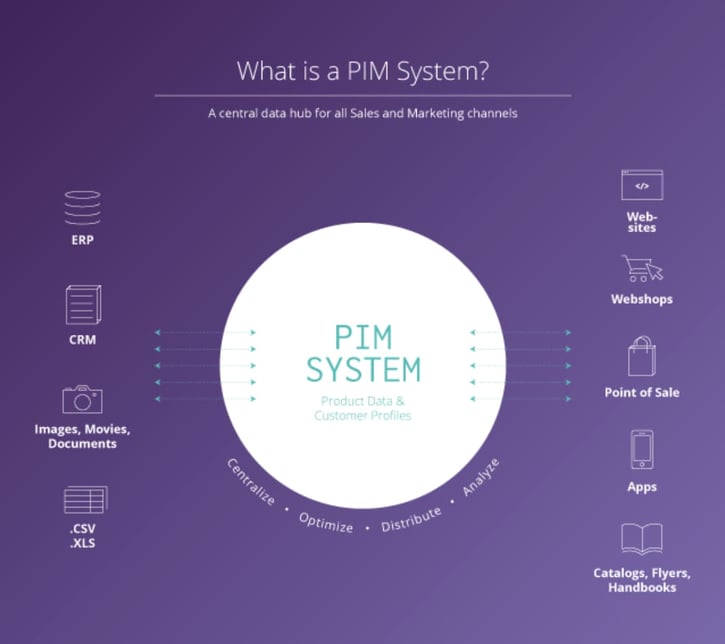
2. Inventory Management Software
Because you’re getting more and more orders from different channels, multichannel inventory tracking, forecasting, and management can get overwhelming very fast. The time to get that in tip-top shape is now.
Your real-time inventory synching needs to be on point because strong fulfillment rates mean loyal customers and an excellent reputation among resellers and marketplaces. And all of those things mean—better sales!
Just like with PIM, putting the success and reputation of your business in the hands of messy spreadsheets and other outdated, manual “systems” leads to tons of issues. Overselling, understocking, piles of backorders, and angry customer reviews lead to an overall negative customer experience.
With a multichannel inventory system, you can keep track of everything and ensure you continue to generate revenue. When choosing an inventory management software, be sure to look for one that connects with your channels and partners using an API or EDI, so your stock levels stay updated in real-time for every channel, warehouse, and fulfillment provider.
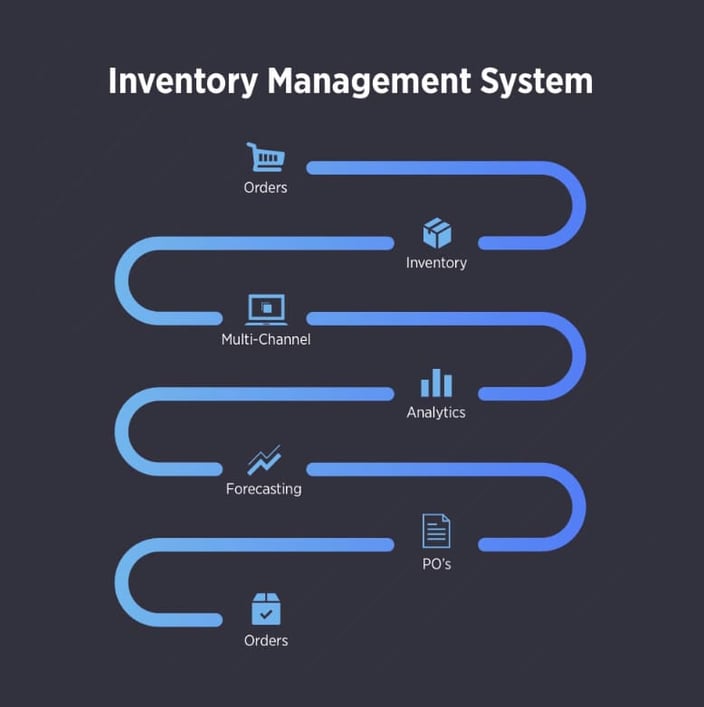
3. Comparison Shopping Engine Feeds
As we mentioned earlier on, today’s multichannel shoppers are motivated by how affordable, easy, and fast they can get a product.
Comparison shopping engines (CSEs) like Google Shopping, Shopzilla, NexTag, PriceGrabber, and others answer this need by displaying a variety of different merchants’ products side by side so shoppers can make quick, educated purchasing decisions.
CSEs usually come in two flavors: Free and pay-to-play. Once you’ve chosen your service, to “feed the beast,” all you need to do is hook them up with a product feed—which is another channel PIM software should be able to help you manage and optimize.
If you choose to use CSEs as part of your multichannel management workflow, please be aware that they can bring in a lot of eyeballs but that the only way to compete is to be extremely affordable and/or extremely unique. However, if you know this going in, you may be able to use loss leaders and other strategies to your advantage to attract and retain great customers.
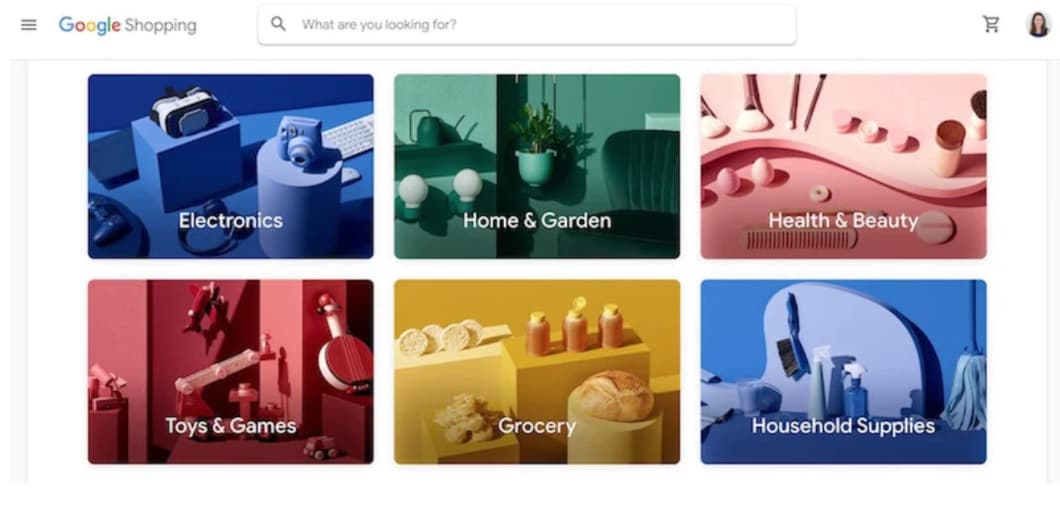
4. Customer support tools
Nothing says “we don’t want your business!” like choosing not to provide customer support.
And displeased customers are happy to air your dirty laundry. While happy customers tell an average of nine people about a good experience, unhappy ones will tell sixteen others about an unpleasant experience with a brand.
Add that to the fact that the probability of selling to an existing (happy!) customer can be 14x higher than the probability of selling to a new customer, and what you’ve got is a serious need to step your customer support game up.
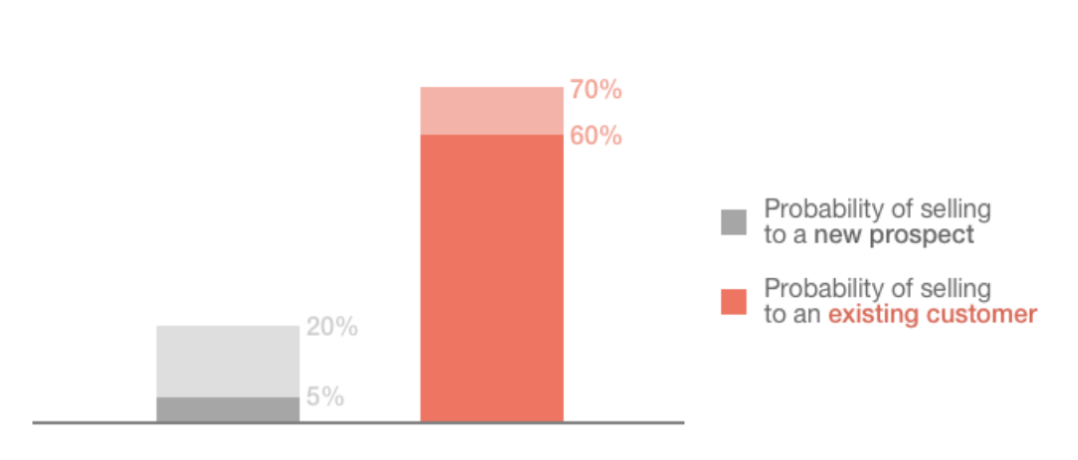
But as channels outnumber your support staff, it becomes difficult to keep up when comments, questions, and concerns seem to be bombarding you from every direction. That’s why we highly recommend incorporating a powerful customer support platform into your multichannel management workflow.
Look for one that allows you to manage as many channels as possible (think email, phone, live chat, social media integrations, and such) from one user-friendly dashboard.
Customers are people, too. They want to feel valued and heard. So, include customer support tools in your multichannel management toolkit, and you’ll be well on your way to that lucrative, raving fan base.
Start building your multichannel management toolkit today!
Multichannel retail is a rocket ship for ecommerce growth, but only if you have the tools you need to manage it effectively.
By adopting product information management software, an inventory management platform, a comparison shopping engine integration, and a customer support process, your multichannel management strategy will help you not only grow but keep a lot of that extra revenue.
Ready to start building your toolkit? Download our free ebook to get your complete guide on all the tools you need for multichannel selling.
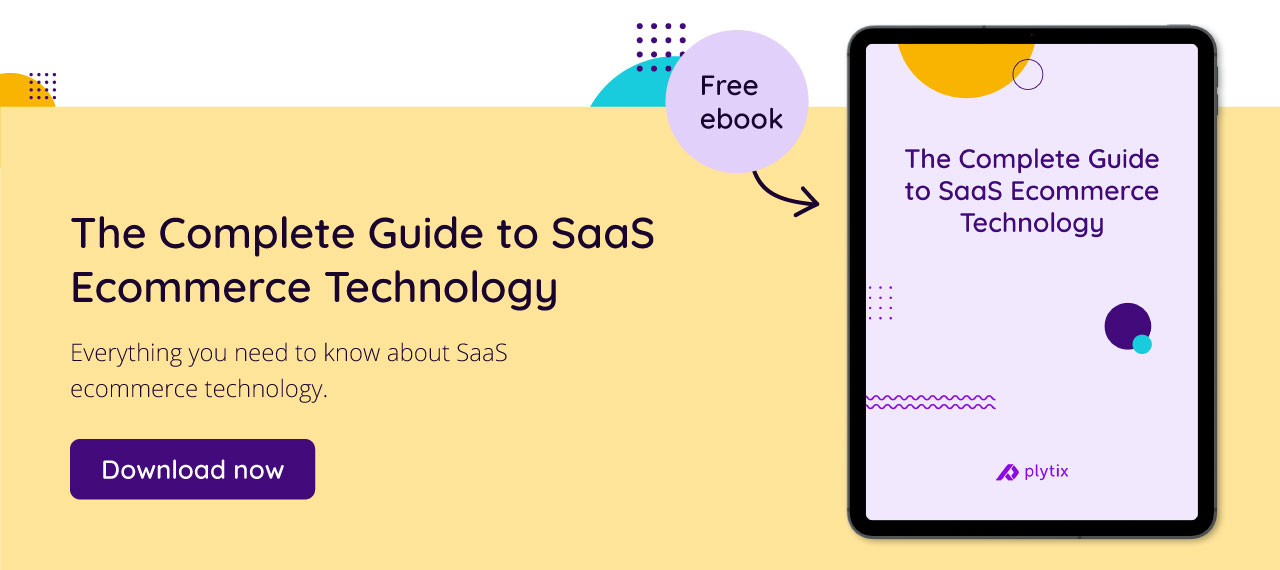
Editor’s Note: This article was originally published in December 2018 and has been updated for accuracy and comprehensiveness.

